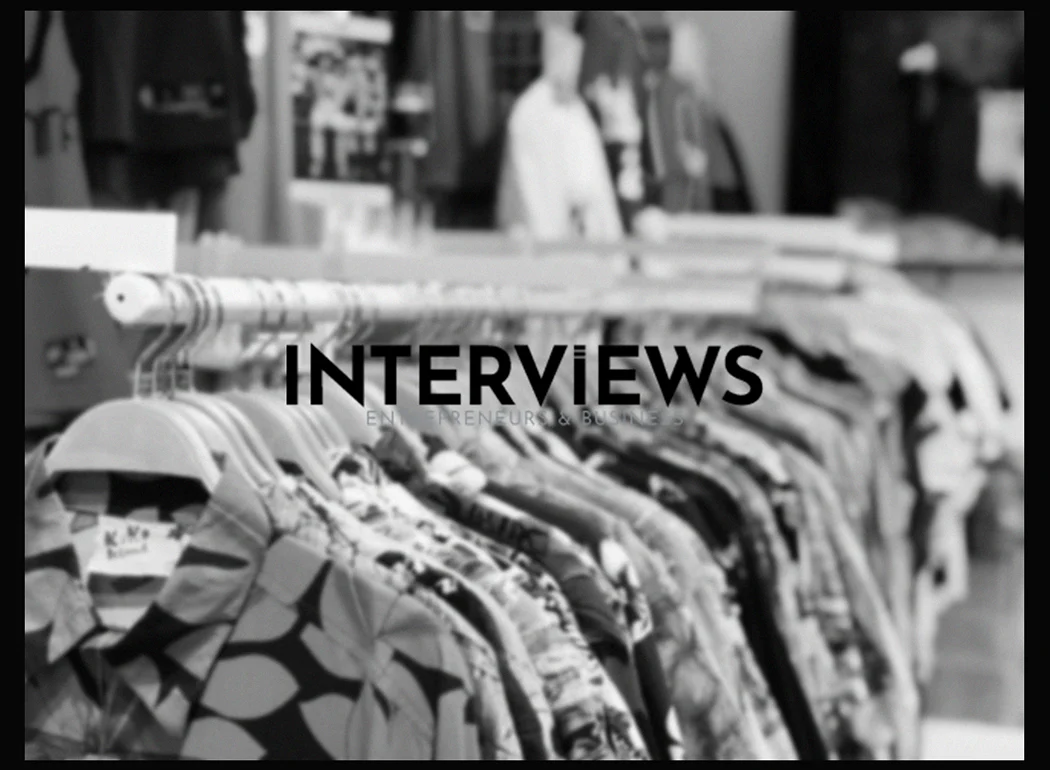Cracking the Code: Getting Your Clothing Brand on Store Shelves
You have a clothing brand. You want it in stores, not just online. Getting your items in retail isn’t just about good designs. It’s a strategic game. This guide helps you navigate that world with clear steps.
First Things First: Laying the Foundation
Before talking to store buyers, get your house in order. This means having a real business, not just sketches.
Blueprint for Success: Business Plan & Brand DNA
Build a house with blueprints. Same for your brand. A business plan is more than impressing banks. It clarifies goals and target market. Branding is your brand’s personality. Discover your vibe, values, and aesthetic to attract customers.
Show and Tell: Samples and Lookbook
Imagine selling a car without a view. Samples show your product. Invest in quality samples and create a lookbook. It’s your brand’s highlight reel, displaying styled photos showcasing your collection. It acts like a silent salesperson.
Retail-Ready: Preparing Your Product
Retailers have standards. Your product must meet them. Quality control, tagging, barcoding, and packaging matter. Think logistics; how will you get products to the store?
Know Your Battlefield: Researching Retailers
Not all stores fit. Selling edgy streetwear at a classic preppy store? Bad idea. Research stores that match your brand aesthetic. Know their pricing and brands. Decide if you want boutiques or big box retailers, as each needs a different approach.
Making the Connection: Buyer, Beware (Mostly)
Store buyers are busy gatekeepers. Don’t cold call. Find the right buyer for your category. Use LinkedIn. Write a brief, tailored email introducing your brand and why it fits their store. Personalization is crucial.
Showtime: Sales Pitch and Presentation
You secured the meeting. Prepare a sharp sales pitch. Know your product well. Highlight its unique points. Practice until confident. Use visual aids like lookbooks and samples. You sell not just clothes, but a story.
Legally Legit: Structuring Your Business
Let’s cover the important legal stuff.
LLC or Not to LLC?
Forming an LLC can feel daunting, but it shields personal assets. If your brand takes on debt or faces legal issues, your savings are at risk without it. An LLC separates liabilities, helping when attracting investors and retailers.
Trademarking: Claiming Brand Territory
Your name and logo are valuable. Trademark protection is like a legal fence. Start with a trademark search to ensure nobody else uses a similar name. Next, pick the right trademark class—Class 25 for clothing. Register it for legal protection against copycats.
Copyrighting Designs: Protecting Your Creations
Trademark protects your brand identity; copyright protects designs. Registering your clothing brand name safeguards against counterfeits. Avoid having knock-offs dilute your reputation.
When to LLC? Timing is Key.
Don’t procrastinate. Think of an LLC before accruing debt or hiring. If you’re moving from hobby to business, consider forming an LLC.
Target and Supermarket Savvy: Retail Giants
Want to see your brand in Target? There are rules.
Target Takeover: Playing by Their Rules
Target won’t roll out a red carpet for you. Learn their supplier requirements. Register your business, secure insurance, set up EFT for payments, and get GS1 UPC codes. Tailor your pitch to Target and fill out their Supplier Intake Form.
Supermarket Strategy: Beyond Groceries
Supermarkets now sell apparel too. Research what clothing they already offer. Balance competitive pricing and profitability. Persistence is necessary for meeting with supermarket buyers. Your packaging must stand out on crowded shelves.
Spreading the Word: Marketing and Distribution
Your clothes need visibility. Marketing and distribution matters.
Marketing Magic: Getting Eyes on Your Brand
A strong Instagram presence is vital for fashion brands today. Optimize your website for usability. Create engaging content – blogs, style guides, videos. Local SEO helps people find you. Use targeted Facebook and Instagram ads, and direct email marketing.
Distribution Domination: Reaching Customers
Online sales should be your base. Explore wholesaling to boutiques and gift shops for broader reach. Host pop-up shops to create buzz. Consider a physical store as a big commitment with potential rewards, and fashion trucks can bring your brand directly to events.
Brand Genesis: Building a Clothing Empire
A clothing brand means more than sewing seams; it’s business building.
Niche Nirvana: Finding Your Unique Market Corner
Don’t aim to please everyone. Discover your niche. What need do you fulfill? Specialization boosts strength—chef jackets, sustainable denim, plus-size activewear. Know your audience; design for their desires and habits. A marketing plan guides your strategy.
Money Matters: Understanding Costs
Let’s discuss costs of starting your clothing line.
Cost Breakdown: Online vs. Brick-and-Mortar
An online store? Expect $5,800 to $17,000 to launch. Retail store costs range from $64,500 to $131,300.
Copyrighting your brand name costs around $350 for each class of goods or services. Starting with no money is possible. It takes effort. Market research is free. On-demand products lower upfront costs. Customer experience is key. Outline a solid business plan, even without funds. Dropshipping lessens inventory risk. Connect with a reliable clothing manufacturer; relationships are crucial. Open-source software cuts tech expenses. Start a blog for low-cost, impactful content marketing.
Brand Fortress: Protecting Your Creation
You built your brand. Protect it fiercely.
Trademark Triumphs: Legal Armor for Your Brand
Trademark registration is more than paperwork; it’s a legal fortress. It certifies ownership of your trademarks. It grants national rights and shields against competitors. If an infringement occurs, legal recourse defends your claim.
Legal Lowdown: The Nitty-Gritty Details
Here are legal points to protect you.
Write-Off Wonders: Can You Expense Your Wardrobe?
Can clothes be written off? Sometimes. They must be *specifically* for business and not suitable for casual wear. That unicorn sequin jumpsuit for events may count. Your daily jeans likely do not.
LLC Necessity: When is it a Must-Do?
When is an LLC essential? If you want to protect personal assets like your home and savings, get an LLC early. Protect your financial future.
Revenue Rockets: Maximizing Your Income
Let’s talk about making money.
Business Model Brainpower: E-commerce Edition
For e-commerce, dropshipping and print-on-demand are smart. Dropshipping cuts inventory risk. Print-on-demand allows unique designs without bulk purchases. Focusing on niche markets can lead to targeted marketing and loyal customers.
Retail Ready Checklist: Key Steps to Selling to Stores
Preparing to pitch retailers? Use this checklist:
- Know your uniqueness. Understand your product’s distinctiveness.
- Refine your pitch. Make it compelling.
- Sell in person. Demonstrations are powerful.
- Aim high at first. Target large retailers first.
- Direct mail still works. A crafted mailer has power.
- Trade shows are platforms. Network and connect.
- Online marketplaces broaden reach. Use platforms that suit your brand.
- Demo effectively. Great product demos can win deals.
Getting your brand into stores is a long journey. It requires planning, effort, and perseverance. With the right strategy and a stellar product, you’ll compete effectively. Now go succeed.





